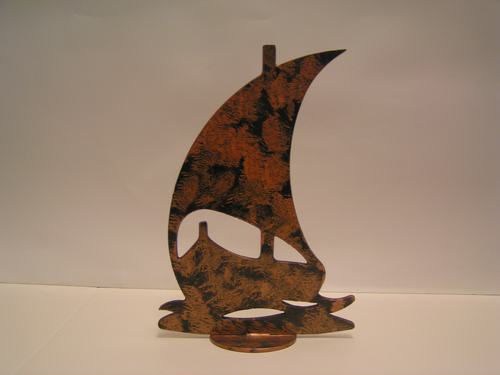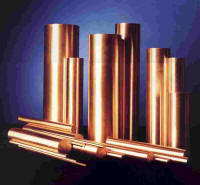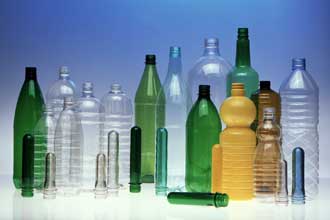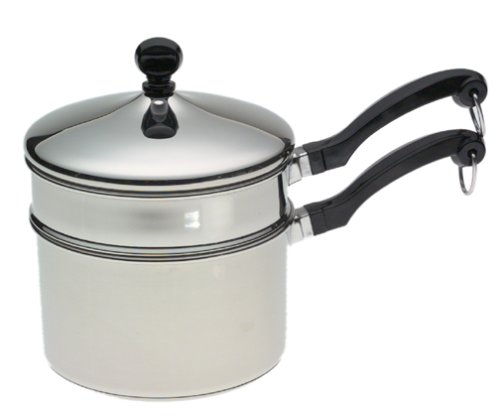Metals

 There are two significant groups of metals:
There are two significant groups of metals:
Ferrous metals: contain iron. First figure ( boat )
Non-ferrous metals: do not contain iron. Example, copper tubes
To choose the correct material for any particular task is essential for a manufacturing activity.
Non-Ferrous metals:
Examples of Non-ferrous metals are: Aluminium, copper, gold or silver
Plastic
 Made using coal, gas, animal protein or petrol
Made using coal, gas, animal protein or petrol
On the left, plastic bottles
Other Materials used in manufacturing activity are Ceramic, textiles and glass
Properties of Materials
Properties of materials can be divided into physical, chemical and ecological
Physical Properties
Electrical Conductivity: When electricity can run though the material.
Examples:
Steel is a good conductor
Wood isn’t a good conductor
Optical properties:
How materials behave when light touches them
Them can be classified into:
a) Opaque: No light travels through them. e.g wood
b) Transparent: All light travels through them and you can see what’s behind the materials. e.g glass of window
c) Translucent: All light can travel through them but you cannot see what’s behind them e.g frosted glass
Thermal Conductivity
¿ What is conductor and what is insulator ?
Plastic handles are …
Metal Body is …
Thermal conductivity is the ability of the material to conduct heat. e.g. Saucepan. Metal body for thermal conductivity and plastic handles for thermal insulation.
Thermal Insulation = It is a bad Thermal conductor
Dilation and contraction and Fusibility
Dilation: When material expands ( gets bigger ) due to heat
Contraction: When material gets smaller due to heat
To think about: Why are rails separated by a gap?
Fusibility is the ability of a material to change into a liquid when heated to its melting point.
Examples of melting points
Iron´s melting point………..1535 ºC
Copper´s melting point……….1083 ºC
Sound Properties
The ability of materials to conduct sound
To think about. Can you speak on the moon?
Write some examples of good and bad conductors
Chemical Properties
Oxidation: The change that occurs to most metals when in contact with air or/and water
Ecological Properties
Recyclable. Materials that can be reused
Toxic. Materials which are harmful to the environment
Biodegradable. Materials that decompose naturally with time. eg
An apple take about 20 days to decompose
Plastic takes about 100 years
Glass takes about 400 years
